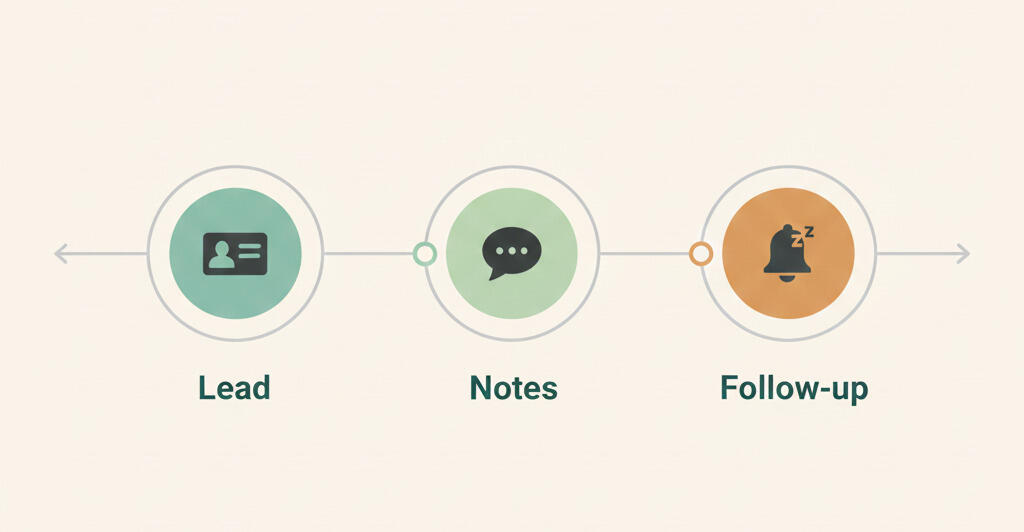Part 2: New markets and products
Expanding your business - ways to drive growth

The second part of a four-part blog series looking at the ways in which businesses can stimulate growth.
Growing through market and product or service expansion
Previously in this series we discussed what is often the most straightforward way of powering growth for your business - increasing sales. But there’s much more to increasing sales than ramping up your marketing efforts to help you sell more. We can expand on that topic by looking at how to increase sales by expanding into new markets and products.
It used to be that businesses were often restricted to operating in home markets. Of course, for large international brands that have flourished, in-country dealer networks, subsidiary entities or other ways were used to sell products and services and provide after-sales support in territories around the globe.
Nowadays, the Internet means that a company of any size, including a business owned and operated by one person from their garage can sell products or services to anyone that is connected to the Internet and near to a carrier hub. And if you are selling a digital asset like software, a database or a marketing lead, then you don’t even need to physically transport anything.
For various reasons, some businesses might have chosen not to ‘globalize’ what they do, restricting their operations to selected markets. However, when the quest for growth rears its head, it’s probably best everything is on the table. And when you are in the situation that you already sell to a worldwide audience, what can you do to increase revenue?
Here we explore the potential for opening up in new markets in two ways. Firstly, there’s expanding into new geographical territories and regions, and secondly, expanding your range of products and services.
New horizons: Expanding into different territories and regions
Partially globalizing - picking the territories you want to sell in is something that many businesses practice. Sometimes it’s done because of licensing or in-country distribution rights. At other times, it might just be because of reliability or security problems with carriers; it could also be because it’s problematic supporting physical products in some areas.
When you want to generate growth, it may well be time to look at these restrictions. Of course, if licensing or in-country distribution rights are involved then it’s pretty much an immovable object.
Localizing sales
You might just be able to sell over the Internet using your website to attract and convert. Of course, if you are dealing with countries where English is not the first language then you may need to have your website translated and provide language switches. If you’re targeting a region like APAC, then you might have to commission a range of language translations.
It might be you need to set up a local presence and need boots on the ground. This might range anywhere between an in-country representative that you send out from your home territory, a resident of the target country acting as a part-time local agent, or a larger investment in renting office space and employing a full-time team.
A good way might be to build things up slowly. Prove the principle that you can be successful at sales in that territory and avoid stretching your budgets. Aim for well-managed growth, expanding your local footprint in line with increases in sales revenues by funding it from the profits made in that territory.
This may be too slow if you want to move quickly to maximize a specific opportunity. If you want to move faster, there’s more risk in the shape of the demand for a larger amount of upfront investment.
Product localization
As well as localizing sales, there may be a need to localize your products and services. Localization is the adaptation of a product, application or supporting documentation to meet the language, cultural and other requirements of the locale, the specific target market.
Perhaps the best way of localizing sales and product and service localization is to treat them as part of a localization strategy. This lets you tackle all the aspects as part of an integrated project and prevents gaps. Without a strategic approach you might overlook wider issues such as compliance and regulation which might cause serious problems, so it is important to take a holistic view at the outset.
Currency and taxes
Issues such as foreign currency exchange rates might create a problem for accounting and financial reporting, so it’s good to give thought to making sure your software systems are foreign currency-ready. It’s not just accounting tools. ERP systems or other business management applications might be part of your technology fabric, so don’t forget to include those in your planning.
Sharpen up your accounting knowledge by understanding each country’s tax laws. Local sales taxes may be due on overseas sales to the local tax authority.
A little something extra: Complementary products
The second way of increasing sales is to consider selling different things. Think about expanding your range of products and services into other areas. A good way to go about this is to figure out what else your customers might be buying. Can you sell them something else that is complementary to your current business dealings with them?
Think about an ecommerce website where they sell battery powered items. Amazon and anyone else with an optimized website will suggest the complementary purchase of the right batteries.
This principle holds true for more advanced products or services businesses. Think about it like this: You already have the customer. This customer trusts you and buys from you. You’ve done the difficult and expensive part of marketing - you have converted and retained this customer. Cross selling them additional complementary products or services should be the ‘easy’ part.
To find out what you might be able to sell them, why waste time guessing? Ask them directly by getting sales, customer service or support teams to survey your customers. A great side benefit of doing this is that survey data is great for building out your CRM profiles, increasing your knowledge of customers.
When you are faced with licensing or in-country distribution rights preventing you from expanding into new territories and regions with your existing products and service offerings, adopting a complementary product strategy means all is not lost!
Inventing the wheel: NPD
Maybe the toughest approach to increasing sales is to consider developing completely new products or ranges of products with a New Product Development (NPD) strategy.
Broadly speaking, NPD is transforming a market opportunity into a product available for sale. Research and understanding the potential for a new product is everything. Viability and feasibility need to be solidly established before expending time and investing capital in creating or inventing new products and services.
There are some tried and tested models of how to go about this. The key steps or phases are:
- New Product Strategy – Clearly defined goals and objectives for a new product or service
- Idea Generation – Brainstorm concepts using a range of sources and stakeholder opinions
- Shortlisting – Weed out weak and condense to identify the strongest ideas
- Concept Testing – Formalize and create a detailed concept
- Business Analysis – Make sure the numbers make business sense
- Product Development – The actual phase of developing the product into a prototype
- Market Testing – Trial and use focus groups to evaluate and improve the product or service
- Commercialization – Launching and selling the product or service to B2C or B2B customers
Services may be less costly to develop than products and they may also be easier to create. Services might need to be stitched together, that is underpinned by selecting and engaging with service delivery partners. It always pays to make sure documentation is comprehensive and free of loopholes.
Particular attention should be paid to any Service Level Agreements (SLAs) between your business and any delivery partners and your business and its customers. SLAs where items such as responsibilities, response times, rectification processes and compensatory schemes are not clearly set out can be the grounds for serious dispute and litigation somewhere down the line.
Driving growth with new market, product and service initiatives
Businesses can grow without resorting to opening up in new territories and introducing or inventing new products or services. However, this may force the focus onto marketing of existing products and services. In saturated markets, just throwing more money at marketing is not really going to get you where you want to be.
To help your business to grow by expanding or diversifying the markets or marketplaces into which it sells or the products and services it sells, give some thought to:
- Adopting a strategic approach that integrates all the elements
- Making sure this ties up with your ambitions and aims for the business
- Avoiding taking on too much risk in one bite
The next blog of this short series examines another strategy for expanding your business and driving growth, Part 3: Vertical integration.








